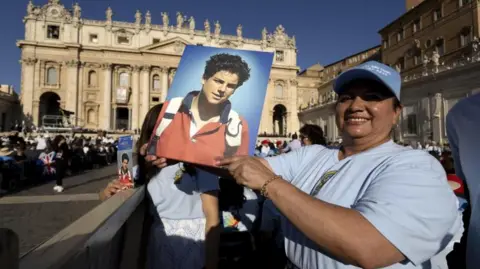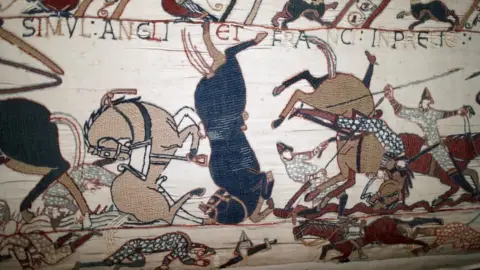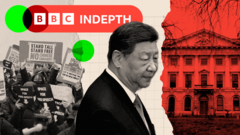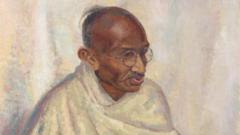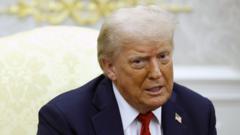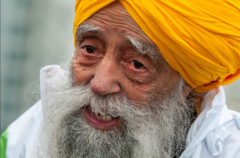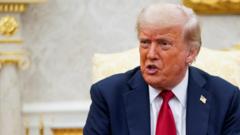Renowned artist Peter Kuhfeld recently unveiled King Charles III's official coronation portrait, depicting the monarch adorned in the elaborate regalia he wore during his royal crowning ceremony. In the painting, light streaming from a window illuminates the crown on its plinth, adding a majestic touch. King Charles aims for a more favorable reception than his debut portrait last year by Jonathan Yeo, which stirred debate on social media, with some observers likening it to visions of blood or hell.
In conjunction with the king’s portrait, a second artwork by artist Paul Benney showcasing Queen Camilla has been revealed. This impressive piece captures the queen in her silk coronation dress, gazing directly at the viewer with an almost lifelike presence, a nod to the traditional artistry associated with such royal displays.
Coronation portraits have long been a staple in the history of monarchy, symbolizing power and legacy. Queen Elizabeth II's iconic portrait by Herbert James Gunn, for example, depicted her within Buckingham Palace, surrounded by the symbols of her reign. This historical context adds weight to the significance of the new portraits, blending the grandeur of monarchy with the realities of modern representation.
King Charles's hope for a positive reception amid past scrutiny reflects the delicate balance between tradition and contemporary expectations in royal representation.







